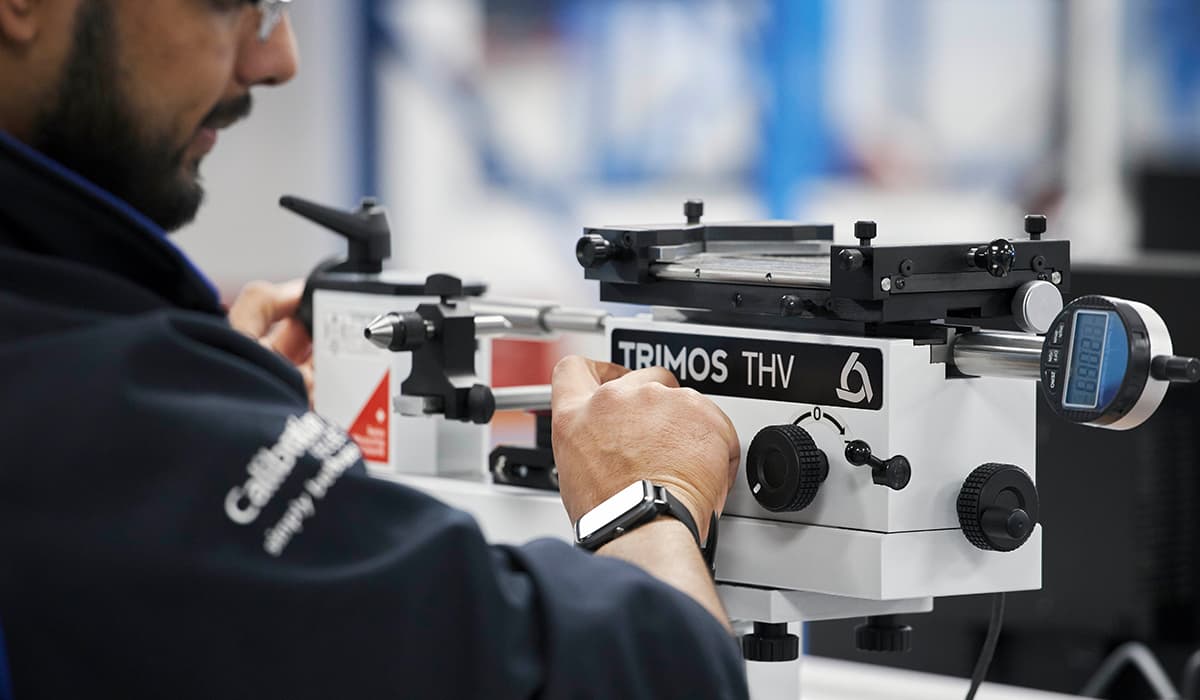
Top Three Tips for Audit-Compliant Calibration Certificates
22 February 2024
We’re open with all collection and drop off options operating as usual.

22 February 2024

14 February 2023

17 January 2022

14 December 2021

6 December 2021

8 November 2021

11 October 2021

30 September 2021

13 September 2021

1 September 2021